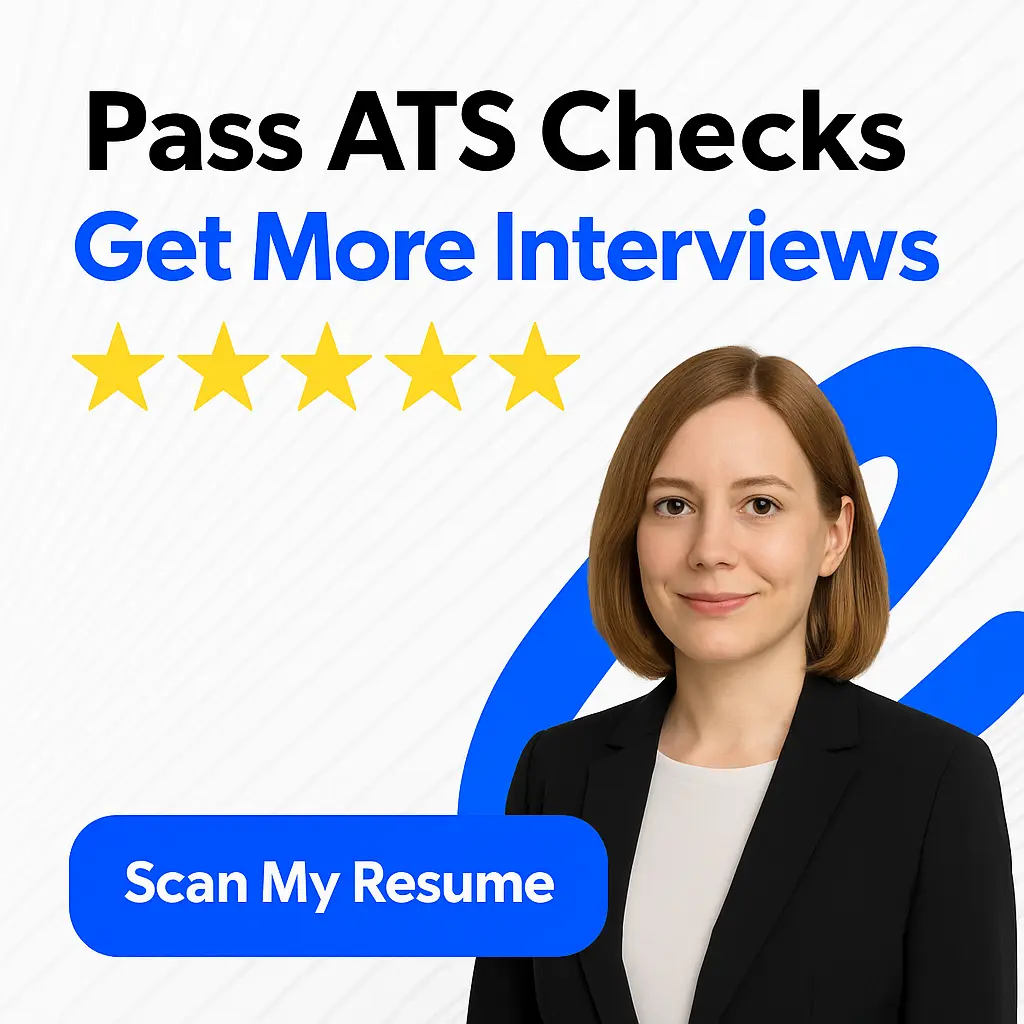When it comes to job hunting, having a well-crafted resume is the key to landing your dream job. However, creating a standout resume can be a daunting task. That’s where professional resume examples come in.
The purpose of this article is to provide job seekers with a comprehensive guide on how to use professional resume examples to enhance their own resumes. By reviewing a wide array of examples, job seekers can gain insights into the latest trends and best practices in the industry.
The benefits of using professional resume examples are numerous. First and foremost, these examples provide inspiration and guidance for job seekers. They offer concrete examples of what a successful resume looks like in a given field or industry. In addition, professional resume examples can help job seekers identify their own strengths and weaknesses, and tailor their resumes accordingly.
The Importance of a Professional Resume
When searching for a job, one of the most important tools you need is a professional resume. This is a document that summarizes your skills, work experience, education, and other important information relevant to the job you’re applying for. A well-crafted resume is essential because it can make a great first impression and help you stand out from other applicants.
A. What is a professional resume?
A professional resume is a document that is tailored to showcase an individual’s skills, qualifications, and experience. It’s usually one to two pages long and should highlight the individual’s strengths in relation to the job they’re applying for.


When creating a professional resume, it’s important to keep in mind that employers typically receive hundreds of resumes for each job opening. Therefore, your resume should be eye-catching and easy to read.
B. Why is it important to have a professional resume?
Having a professional resume is very important because it can help you secure an interview for a job you’re interested in. A resume is often the first point of contact between an employer and a potential employee.
A well-crafted professional resume can increase your chances of getting an interview, as it shows that you have taken the time to tailor your application to the job you’re applying for. It also demonstrates that you’re serious about your career and have put in the effort to create a quality application.
C. The anatomy of a good resume
A good resume should have the following sections:
-
Contact information- This includes your name, address, phone number, and email address.
-
Objective or summary- This section should briefly summarize your skills and qualifications in relation to the job you’re applying for.
-
Work experience- This section should list your work experience, including job titles, dates of employment, and key responsibilities and achievements.
-
Education- This section should list your educational qualifications, including the degree, the school you attended, and the dates you attended.
-
Skills- This section should list your key skills relevant to the job you’re applying for.
-
References- This section can be optional but if included, it should list the names and contact information of people who can vouch for your professional skills and character.
A good resume should be well-organized, easy to read, and tailored to the job you’re applying for. By following these tips, you’ll be able to create a professional resume that stands out from the rest.
Different Types of Professional Resumes:
When it comes to creating a professional resume, there isn’t a one-size-fits-all approach. That’s why a job-seeker must be aware of the different types of professional resumes they can use to improve their chances of landing an interview. Below are five types of professional resumes that can be utilized to showcase your unique skills, qualifications, and experiences.


A. Chronological Resume:
A chronological resume is the most commonly used type of resume. It lists your work experiences in reverse chronological order, which means the most recent job or position comes first, followed by the previous ones. This type of resume highlights your career progress and job stability, making it a great option for job seekers who have had a steady career path without any significant employment gaps or career changes.
B. Functional Resume:
A functional resume focuses on a job seeker’s skills and abilities rather than their work experiences. This resume type is suitable for people who want to highlight their relevant skills, especially when they are changing careers or have gaps in their work history. This type of resume is structured based on the specific functions or expertise, as opposed to the typical chronological work history listing.
C. Combination Resume:
Also known as a hybrid resume, a combination resume is a type of resume that combines the qualities of chronological and functional resumes. It highlights both the job seekers’ relevant skills and relevant work experiences. The combination resume is a great type for job seekers who want to showcase their achievements alongside their skill sets.
D. Targeted Resume:
A targeted resume is particularly treated to match a specific job opening. It is customized to align with the requirements and qualifications outlined in the job posting. It’s essential to write a targeted resume as it helps the hiring manager to easily see how fit you are for the job.
E. Infographic Resume:
An infographic resume uses icons, images, timelines, graphs, and other visual designs to present information in an attractive and memorable way. This type of resume can be suitable for job-seekers in areas such as marketing or graphic designing. The infographic can easily communicate their skills and qualifications to the hiring manager.
Conclusion:
The professional resume type one chooses largely depends on their preference, career experience, and the job they are applying for. Whether it is a chronological, functional, combination, targeted or infographic resume, the basic principles remain the same – the resume should be easy to read, concise, and professional.
Professional Resume Formats
When it comes to creating a professional resume, choosing the right format is crucial. Here are some of the most popular options:
A. Word Document
Using a Word document to create your resume is a popular choice among job-seekers. It allows for easy editing, formatting, and customization. However, it’s important to make sure your formatting remains consistent throughout the document and that it can be easily opened by potential employers.
B. PDF
Sending your resume as a PDF can be a great way to ensure that the formatting remains intact no matter who is viewing it. It also gives a more professional look to your resume. However, be aware that some companies may use automated systems that require a Word document, so it’s always helpful to have both versions on hand.
C. Online resume builders
Online resume builders can be a convenient option for those who aren’t familiar with formatting or design. These platforms often have pre-built templates and prompts to guide you through the process. However, be cautious of any fees associated with using these services and make sure that the final product is still professional and unique to you.
D. Scannable resume formats
Some companies use scanning software to quickly sift through resumes and identify potential candidates. In order to make sure your resume passes this initial screening, it’s important to select a scannable format. This typically involves using plain text, consistent fonts, and minimal formatting.
Regardless of which format you choose, make sure your resume is easy to read, highlights your relevant skills and experiences, and conveys your professionalism to potential employers.
Using Professional Resume Examples
Writing a high-quality resume can be a daunting task, especially when it comes to figuring out what information to include and how to present it in a clear and concise manner that will capture the attention of potential employers. Fortunately, professional resume examples can provide job seekers with a helpful guide to crafting a winning resume.
A. Why use professional resume examples?
Professional resume examples allow job seekers to see how experienced professionals in their industry have structured their resumes and what types of information they have highlighted. By following these examples, job seekers can ensure that their own resumes are of a high caliber and tailored to the expectations of employers in the field. Professional resume examples can also help job seekers to identify key professional accomplishments or objectives that they may have overlooked when crafting their own resumes.
B. Where to find professional resume examples
There are a variety of resources where job seekers can find professional resume examples. These include online resume databases, professional organizations or associations, and resume writing services that specialize in crafting customized resumes for job seekers in specific fields. Job seekers can also ask colleagues or mentors in their industry to provide examples of successful resumes that have helped them to land jobs.
C. How to use professional resume examples
When using professional resume examples, it’s important to remember that job seekers should not copy or plagiarize content from these examples. Instead, job seekers should use these examples as a guide or template for structuring their own resumes. They should customize the content and format to highlight their unique skills and achievements. Job seekers should also pay attention to the language and tone used in the professional resume examples they are using – this can help them to identify what type of language and tone will be most effective in their own resumes.
Professional resume examples can be a valuable resource for job seekers looking to craft a winning resume. By using these examples as a guide, job seekers can ensure that their own resumes are tailored to the expectations of employers in their industry, and that they are presenting themselves in the best possible light to potential employers.
Tips for Customizing a Professional Resume Example
When it comes to creating a professional resume, customization is key. You need to tailor your resume to match the job description and highlight your relevant skills and achievements. This guide provides tips on how to customize your resume for maximum impact.
A. Writing an effective summary statement
Your summary statement is your elevator pitch. It’s a brief introduction that summarizes your skills, experience, and achievements. This statement should be tailored to the job you’re applying for and highlight what makes you the perfect candidate.
When writing a summary statement, it’s important to address the following:
- Who you are and what you do
- Your top skills and experience
- Your career goals
B. Highlighting relevant skills
Your resume should highlight your relevant skills and experience. This means tailoring your resume to match the job description and emphasizing the skills and experience that are required for the job.
When highlighting your skills, it’s important to:
- Use bullet points to keep your resume concise and easy to read
- Use keywords that match the job description
- Provide examples of how you’ve used your skills to achieve success
C. Emphasizing achievements
Employers want to see results. They want to know that you’ve achieved success in your previous roles and can bring that success to their organization. Emphasizing your achievements is a great way to showcase your value.
When emphasizing your achievements, it’s important to:
- Use specific numbers and data to demonstrate your success
- Highlight how your achievements benefited your previous employer
- Match your achievements to the job you’re applying for
D. Using appropriate language
Using appropriate language is key to creating a professional resume. You need to use language that is clear, concise, and easy to understand. Avoid jargon and acronyms that may not be familiar to the employer.
When using language, it’s important to:
- Use active verbs to describe your achievements
- Use simple and direct language
- Avoid using “I” statements
E. Tailoring your resume to match the job description
Tailoring your resume to match the job description is essential. Employers want to know that you’re the right fit for their organization. By matching your resume to the job description, you’re showing that you understand the requirements of the job and can meet them.
When tailoring your resume, it’s important to:
- Use the same keywords and phrases that are used in the job description
- Highlight your relevant skills and experience
- Provide examples of how you’ve used your skills to achieve success in previous roles
Customizing your resume is essential to stand out from other job applicants. By following these tips, you can create a professional resume that showcases your skills, achievements, and experience. Remember to tailor your resume to the job description and use language that is clear, concise, and easy to understand.
Common Mistakes to Avoid
When it comes to creating a professional resume, it’s important to ensure that it is free from mistakes and conveys your relevant experience and qualifications clearly. Here are some common mistakes that you should avoid while crafting your resume:
A. Typos and grammatical errors
Even the smallest typos or grammatical errors can make a big impression on a potential employer. It can reflect poorly on your attention to detail and communication skills. Always run a spell check and ask a friend to proofread your resume to ensure it is error-free.
B. Overusing buzzwords
While it’s important to use industry-specific terminology in your resume, using too many buzzwords can make it sound generic and boring. Instead, focus on using clear and concise language to describe your skills and achievements that align with the job description.
C. Listing irrelevant information
Including irrelevant information can be distracting to the reader and take away from the focus of your resume. Avoid including personal information, such as your hobbies or political affiliations, unless it is relevant to the job you are applying for.
D. Using unprofessional email addresses
Your email address is one of the first things a potential employer will see, and using an unprofessional address can give a negative first impression. Ensure your email address is simple, straightforward, and professional – ideally including your name and nothing else.
By avoiding these common mistakes, you can craft a professional resume that showcases your unique qualifications and experience in the best light possible. Remember, your resume is often the first impression you make on a potential employer – make it count!
Resume Example Sections with Examples
When it comes to creating a professional and effective resume, it’s important to understand the various sections that make up the document. The following are some examples of the different sections you may want to include in your own resume, along with some sample formats to get you started.
A. Contact Information
Your contact information should be easily visible at the top of your resume. This includes your name, phone number, email address, and possibly your physical address. Make sure your contact information is up-to-date and professional-looking.
B. Resume Summary
Your resume summary is a brief statement that highlights your career goals and qualifications. It should give the reader an idea of what you have to offer and what you are looking for in a job. Keep it concise and to the point.
C. Professional Experience
The professional experience section is where you highlight your past work history. This may include your job title, company name, dates of employment, and a list of your duties and accomplishments. Here are some example formats for organizing your professional experience:
1. Chronological Resume Example
This format lists your work experience in reverse chronological order, starting with your most recent job. This is the most common and traditional format for resumes.
2. Functional Resume Example
This format highlights your skills and accomplishments rather than your previous job titles. This is a good option if you are changing careers or have gaps in your work history.
3. Combination Resume Example
This format combines aspects of both the chronological and functional resume formats. It showcases your relevant skills and accomplishments while also including your work history.
D. Education Section
In this section, you provide information about your educational background. This may include the name and location of the institution, degree or certification earned, and any relevant coursework or honors.
E. Skills Section
The skills section is where you highlight your relevant skills and abilities. This may include technical skills, languages spoken, or other skills that are relevant to the job you are applying for.
F. Certifications and Licenses
If you hold any relevant certifications or licenses, you may want to include them in this section. This can help demonstrate your expertise and qualifications for a specific job or industry.
G. Projects and Publications
In this section, you can showcase any professional projects or publications that you have contributed to. This can include research papers, articles, books, or other relevant work.
H. Volunteer Work
Volunteer work can be included in the professional experience section or in its own separate section. This can demonstrate your commitment to your community and your willingness to use your skills to help others.
I. Extracurricular Activities
Extracurricular activities can show your interests and hobbies outside of work. This can help demonstrate your well-roundedness and give the reader a glimpse into your personality.
Related Articles
- 5 Things to Consider Before Accepting a Job Offer
- Winning Strategies for Acing Your Video Job Interview
- 10 Key School Nurse Interview Questions & Answers for 2023
- Diesel Mechanic Job Description: Opportunities & Tips 2023
- Realtor Job Description: A Complete Guide for 2023









